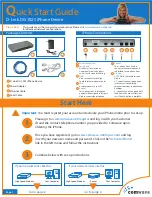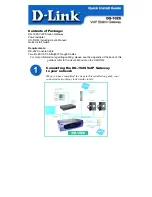
Part
4. Programming Guide
124
Design Guide
DCM014A51
Part 4. Programming Guide
1. Typical Requirements
1.1 Typical Indoor Unit Schedule Set by BMS Master Schedule
Mode
Time
Setpoint
Occupant
Note
Occupied Mode
8:00am to
6:00pm
weekdays
Cool 72
o
F
Heat 68
o
F
Can
adjust
se/-2
o
F
from a zone
controller.
BMS to create
Optimum Start
Unoccupied for more than 30
minutes (detected by occupancy
sensor)→go to
Standby Mode
Cool 74
o
F
Heat 66
o
F (Setback)
Unoccupied Mode
The remainder
of the day from
above and
weekend.
Cool 80
o
F
Heat 65
o
F
(
setback
recovery
of 4
o
F)
Can
override for
120 minutes
from
a zone controller.
1. If the BMS sets the schedule from their master schedule, the schedule set in the
iTM
should be
disabled. See section 7.2 (1.) in Part 2.
2. How to Program
• BMS to set Setpoint Range Limitation to mater/-2°F from the occupied setpoints.
• BMS to set Occupied Setpoints and Unoccupied Setpoints.
• BMS to set Timed Override Time (override is handled by
iTM
with the Timed Override Minutes).
• BMS to set the occupancy status based on the Master Schedule. The BMS may send the
occupied setpoints if the BMS wants to reset the occupied setpoints when the occupancy
status is changed.
2.1 Setpoints
1. Refer to sections 7.2 (6.) – 7.2 (9.), 7.2 (14.), and 7.2 (15.) in Part 2.
2. The Occupied Setpoint can be set via the
iTM
or BMS schedule, or manually from the
iTM
or
BMS remote controller. The setpoint stored in the indoor unit is based on the last command
(last setpoint) received as the indoor unit does not recognize priority arrays.
3. The Unoccupied Setpoints can be set via the schedule (
iTM
or BMS) or manually from the
iTM
or BMS. Enable the setback at the
iTM
during its commissioning. The BMS can monitor and
adjust the unoccupied setpoint if set at the
iTM
.
















































